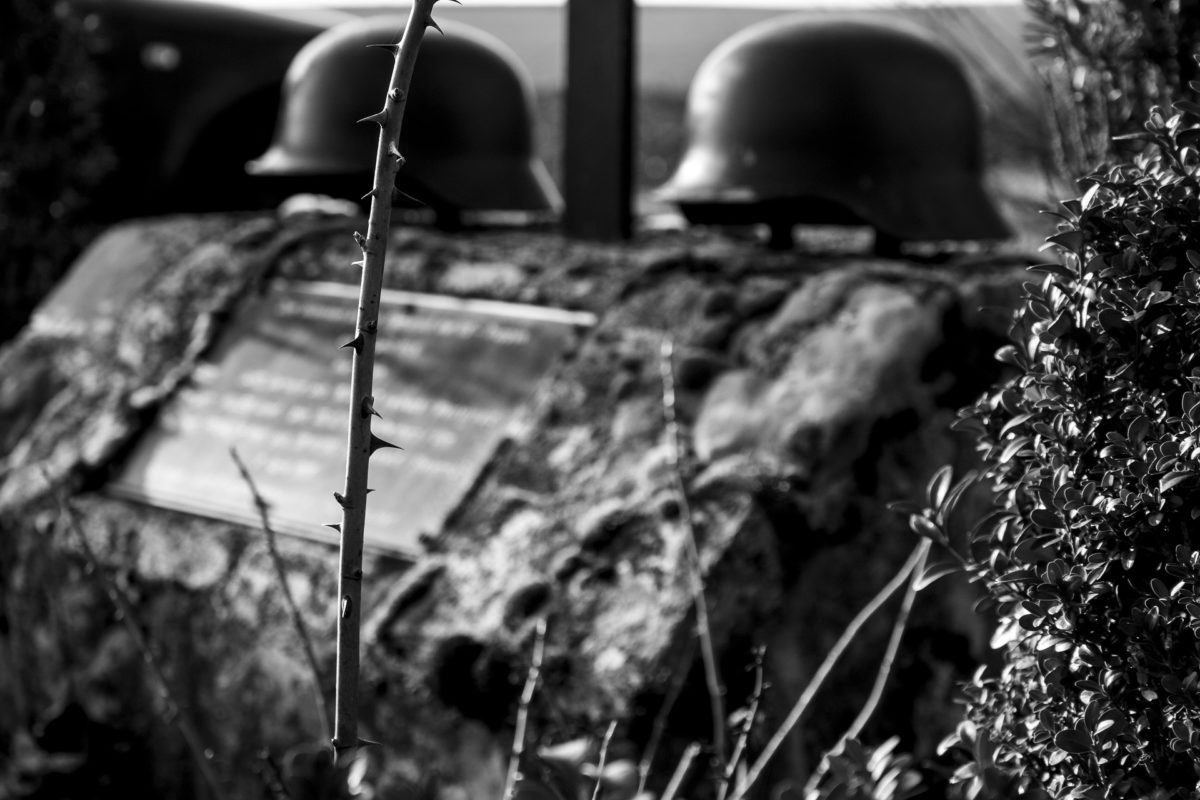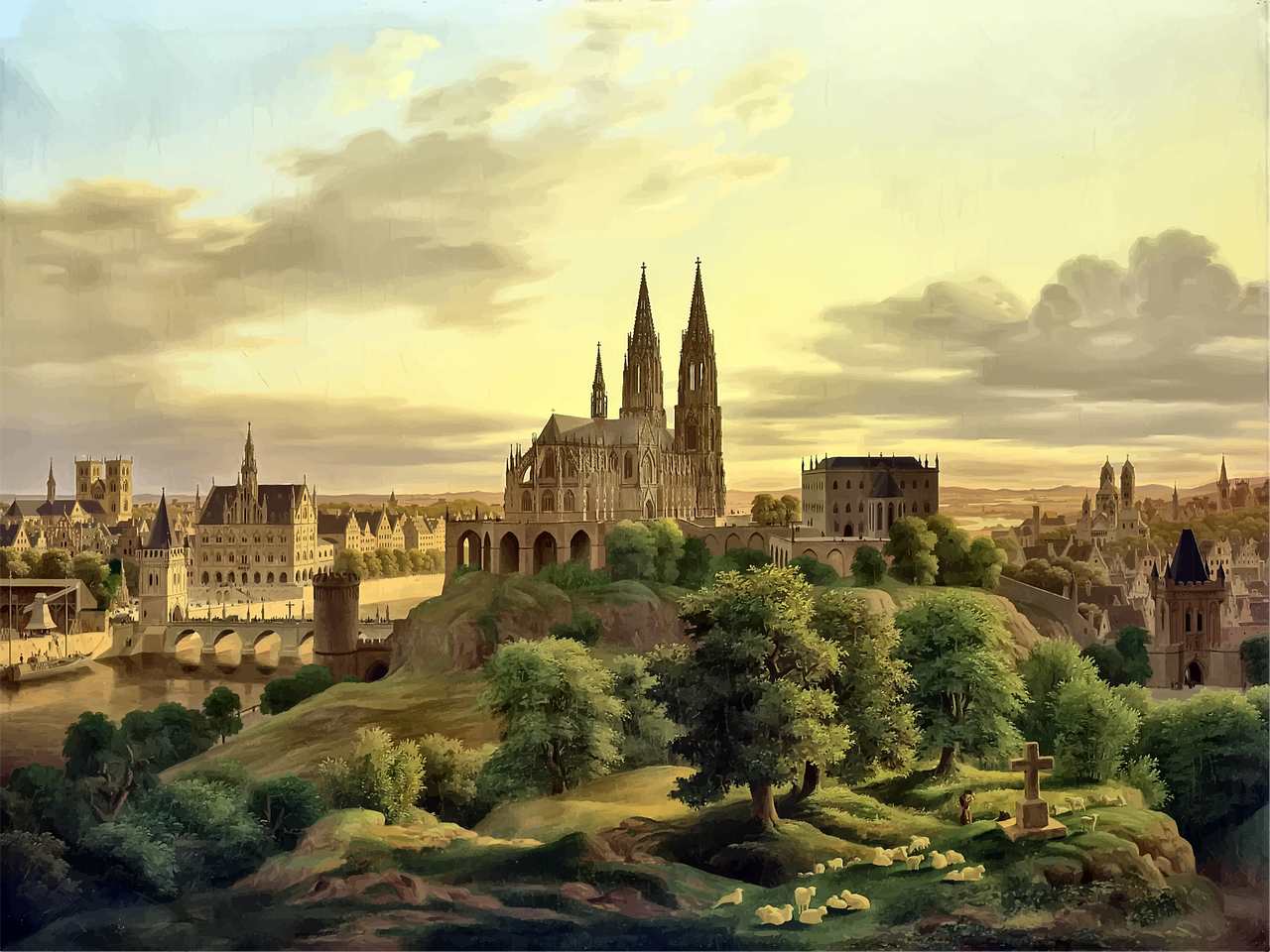World Wars I and II were pivotal events in human history, forever altering the course of nations and the lives of countless individuals. These conflicts brought to light the intricate web of factors that impact human existence, including political alliances, economic systems, technological advancements, and the resilience of the human spirit. In this article, we will explore the key aspects of World War I, World War II, trench warfare, the Axis powers, and the Allied powers. By examining the tradeoffs, challenges, and the impact on human life, we can better understand the significance of these events and the importance of considering their consequences.
World War I: The Great War that Redefined Warfare
World War I, often referred to as the Great War, was a global conflict that lasted from 1914 to 1918. It witnessed the convergence of various factors that ignited the conflict, including imperial rivalries, the arms race, nationalism, and complex alliances. The war introduced new technologies such as machine guns, artillery, and chemical warfare, resulting in devastating casualties and a shift in military strategies.
One prominent feature of World War I was trench warfare. Trenches, dug into the ground for protection, became the primary battlegrounds. However, this approach led to immense human suffering. Soldiers endured harsh conditions, including exposure to extreme weather, disease, and constant threat of death. The stalemate on the Western Front, where trench warfare was heavily employed, epitomized the challenges of balancing different factors like territorial gains, preservation of human life, and strategic objectives.
The Axis Powers: Aggression and Expansion
In the aftermath of World War I, economic instability and political unrest paved the way for the rise of aggressive regimes, particularly in Germany, Italy, and Japan. These nations formed the Axis powers during World War II, a conflict that spanned from 1939 to 1945. Led by Adolf Hitler, Benito Mussolini, and Emperor Hirohito respectively, these powers sought territorial expansion, sought to enforce their ideologies, and threatened global stability.
The Axis powers’ pursuit of expansion resulted in immense human suffering. The Holocaust, orchestrated by Nazi Germany, aimed to systematically exterminate millions of Jews and other targeted groups. Furthermore, Japanese aggression in Asia led to brutal occupations and widespread atrocities. Balancing the desire for territorial gains and ideological dominance against the protection of human life presented a grave ethical challenge for the Axis powers.
The Allied Powers: Unity and the Struggle for Freedom
In response to the Axis powers’ aggression, the Allied powers emerged as a coalition of nations, including the United States, the Soviet Union, and the United Kingdom. Their unified efforts aimed to counter the Axis powers and restore peace. The Allied powers faced the immense challenge of coordinating their strategies, managing resources, and maintaining the morale of their citizens amidst the chaos of war.
The impact of the Allied powers’ decisions on human life was significant. Strategic bombing campaigns, such as the bombings of Hiroshima and Nagasaki, resulted in catastrophic loss of life, but they were justified as efforts to bring a swift end to the war and save lives in the long run. Balancing the ethical implications of such decisions with the pursuit of victory showcased the complex challenges faced by the Allied powers.
Importance of Considering the Impact on Human Life
The World Wars serve as stark reminders of the importance of considering the impact on human life when making decisions that shape history. The consequences of political alliances, ideological ambitions, and military strategies reverberate through generations, leaving scars that are not easily healed. The ethical dilemmas faced by leaders during times of conflict underscore the need for careful deliberation and an understanding of the long-term effects of their choices.
By learning from the lessons of the past, we can strive to avoid similar conflicts in the future. The impact on human life should always be at the forefront of decision-making processes, guiding us towards choices that prioritize peace, justice, and the well-being of individuals and societies.
P-51 Mustang World War II Fighter Bomber

Furthermore, understanding the complexities of the factors that shape human existence during times of war allows us to appreciate the resilience and strength of individuals caught in the midst of these conflicts. Soldiers faced unimaginable hardships, enduring physical and emotional trauma while demonstrating unwavering courage and sacrifice. Civilian populations experienced displacement, loss of loved ones, and the devastating consequences of war on their daily lives. Their stories serve as reminders of the enduring spirit of humanity, even in the darkest of times.
In conclusion, the World Wars were transformative events that reshaped the course of history and profoundly impacted human life. World War I introduced new forms of warfare, such as trench warfare, highlighting the challenges of balancing territorial gains with the preservation of human life. World War II witnessed the aggression and expansion of the Axis powers, resulting in widespread suffering and the ethical challenges of pursuing territorial ambitions. The Allied powers, through unity and strategic decision-making, fought for freedom but also faced the ethical dilemma of employing devastating tactics to achieve victory.
Reflecting on these conflicts emphasizes the crucial importance of considering the impact on human life when making decisions that shape our world. The lessons learned from these wars guide us in fostering peaceful resolutions, promoting dialogue, and seeking alternatives to armed conflicts. By prioritizing the well-being of individuals and societies, we can strive for a future where the horrors of war are replaced by cooperation, understanding, and shared prosperity.
As we navigate the complexities of the present and future, let us remember the sacrifices and struggles endured during the World Wars, paying homage to those who came before us and dedicating ourselves to creating a world where peace, justice, and the sanctity of human life prevail.

Unmasking the Skull and Bones
For decades, the Skull and Bones society has captivated the imagination of many. Known for its association with Yale University, this secret society

Whispers of the Serpent’s Legacy
Chapter 1: The Lost Manuscript In a dimly lit study in a remote English manor, Professor Samuel Worthington poured over the weathered pages of an

Secretive Societies: Separating Truth from Fiction
Secretive societies have always captured the imagination of people, fueling conspiracy theories and legends. These organizations often operate behind




